Despite what some outdated sources claim, the list of bird species reported for Costa Rica is much more than 860. Since the 1990s, thanks to higher numbers of observers, increased pelagic coverage, and some species expanding their ranges from the north and the south, the official bird list for Costa Rica has climbed to a robust 920 plus species.
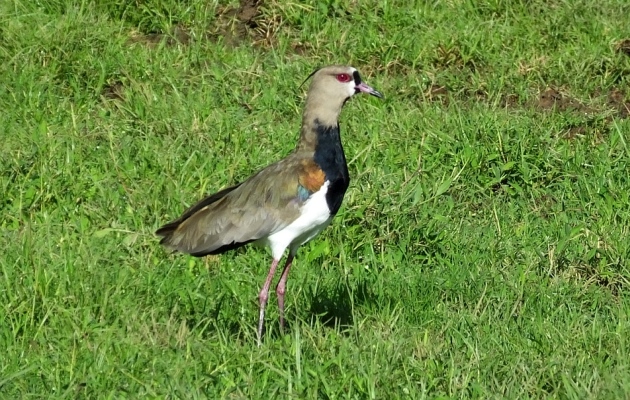
The most recent additions have included edge-loving birds like the Crimson-backed Tanager, an expected species that was finally documented for the country within the past year, and Bare-faced Ibis, an aquatic edge species also recently documented for Panama. Vagrant migrants that have made their way onto the Costa Rica bird list have included a surprise Northern Mockingbird from the Caribbean coast, a Couch’s Kingbird identified by its distinctive call (which was also recorded), and a group of five adventurous Greater White-fronted Geese! This web-footed quintet pleased the many local birders who watched them wintering in a flooded rice field in Guanacaste.
The geese were a big surprise but not entirely off the radar for new additions to the country list. The same can be said for Costa Rica’s first Red-breasted Merganser, a species first documented for the nation in 2020. There were and still are other expected species that have yet to be documented, perhaps most of all, Lesser Black-backed Gull and Carib Grackle. Given the occurence of these species in nearby areas of the Caribbean region, one might even say they are overdue for Costa Rica. As of early 2022, no dice yet and amazingly, we have had other, less expected species fly their way onto the Costa Rica list, one of them being a young Atlantic Yellow-nosed Albatross. This fantastic bird also had the grace to soar into Panamanian and Belizean waters and thus make it onto the respective bird lists of those countries as well.
However, one new bird that did not show up in other parts of the region is a good candidate for being Costa Rica’s most abolutely unexpected addition. Amazingly, on February 25th, a dazed Spectacled Petrel was found in the waters of Tortuguero, a site on the Caribbean Coast that has attracted vagrant seabirds on other occasions. Given the petrel’s usual south-mid Atlantic Ocean distribution, no wonder it seemed confused, no wonder it wasn’t doing so well. Found by local park guards, it was subsequently captured, cared for, and released back into the Caribbean. I don’t know if it has been seen again and I doubt it will survive but if it manages to persist, I hope it lingers and thrives in the waters of Tortuguero. I know that myself and 100s of additional local birders sure would love to see it!
When an extremely lost bird like this petrel occurs, one can’t help but wonder how it ended up in Costa Rica, what factors brought it to our shores. I wonder if others of its kind and additional species that use similar pelagic waters might be trying to survive somewhere in the southern Caribbean Sea? I suppose now might be an exciting time to do a pelagic trip off of Costa Rica’s Caribbean coast. It’s interesting to note that, on other occasions, several other pelagic vagrants have also ended up in or near Tortuguero; birds like Great and Cory’s Shearwaters, Black-capped Petrel, Leach’s Storm-Petrel, and Black-legged Kittiwake.
In part, this is undoubtedly due to people being present in and near Tortuguero who are more likely to take note of odd seabirds. However, I can’t help but wonder if the southern corner and basin of the Caribbean Sea might also act as a trap for lost seabirds. Perhaps they are brought there by storms or find themselves in the deep waters offshore but don’t find a means of escape? Contraringly, might some of these birds end up in this corner of the Caribbean on a regular basis? The waters just offshore of Costa Rica and Panama are deep and there has been minimal to no real coverage. Spectacled Petrel was one of the less expected species to occur, what else is out there?
Shortly after writing this post, information about Costa Rica’s first documented Lesser Black-backed Gull was made available. Two birds were documented at Tortuguero by Robert, Daniel, and David Garrigues the day after the petrel was discovered!




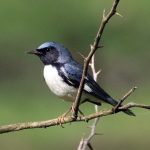

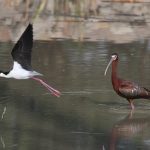
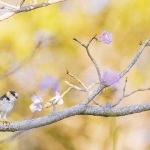
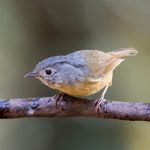


Leave a Comment